Ever entered a store with a clear mission to buy one thing but left with a cart full of unexpected treasures, like a 12-foot inflatable Santa for your lawn? That’s the power of suggestive selling, also known as upselling and cross-selling. These strategies aim to encourage shoppers to add more items to their purchase or upgrade to higher-value options, subtly boosting the average order value.
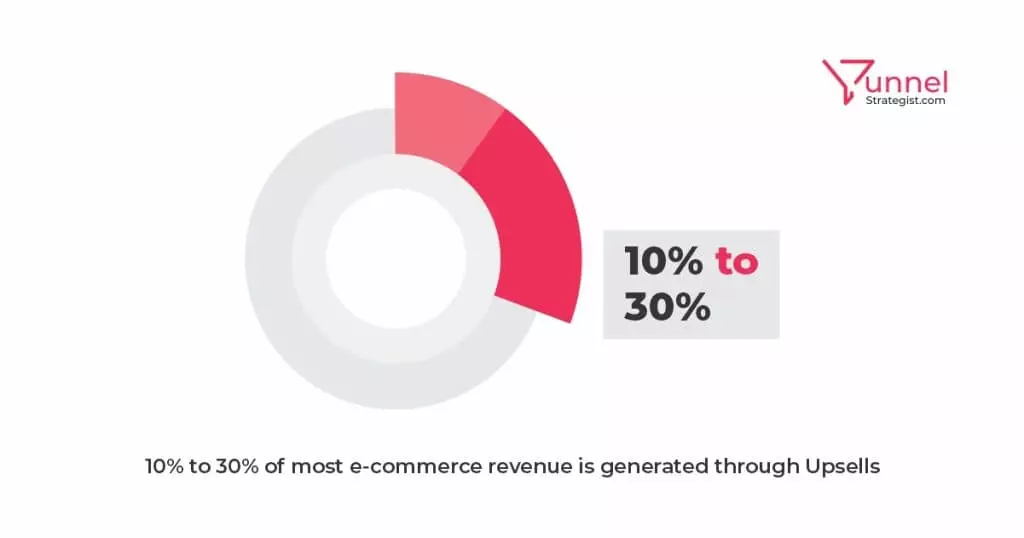
Suggestive selling isn’t new—it’s been part of retail since time immemorial. But with the rise of artificial intelligence (AI), it’s reached new heights. AI-driven tools now revolutionize how businesses engage customers, offering personalized recommendations and smart pairings that resonate with shoppers.
So, why should you embrace AI for suggestive selling?
- Decreased cart abandonment: AI-powered suggestions, personalized emails, and intelligent chatbots help combat the high rate of abandoned shopping carts.
- Increased average order value: By effectively cross-selling and upselling, AI can boost profits and sales significantly, even for smaller online retailers.
- Enhanced customer experience: AI leverages past and present shopping behavior to tailor recommendations, meeting customers’ expectations for personalized service.
- Heightened customer loyalty: Personalized offers and recommendations build trust and encourage repeat visits, fostering customer loyalty over time.
- Streamlined organizational efficiency: Automation of product recommendations and personalized content frees up time for staff to focus on more creative and high-value tasks, making data-driven suggestive selling scalable and efficient.
Benefits of Suggestive Selling:
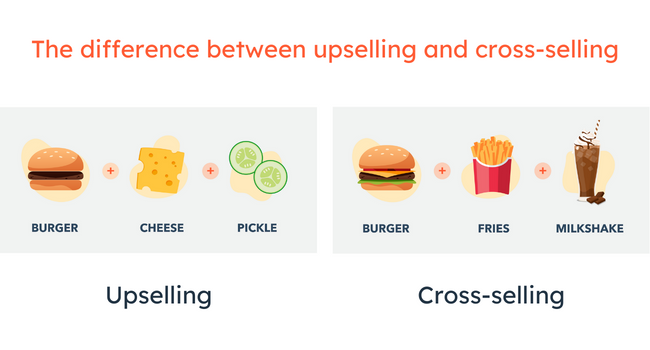
- Increased Revenue: Suggestive selling encourages customers to add complementary or additional items to their purchase, thereby increasing the average transaction value and overall revenue.
- Enhanced Customer Experience: By offering personalized recommendations based on customer preferences and past purchases, suggestive selling demonstrates a deeper understanding of their needs, leading to a more satisfying shopping experience.
- Improved Customer Satisfaction: Suggestive selling helps customers discover products they may not have otherwise considered, leading to a sense of satisfaction when they find items that meet their needs or preferences.
- Higher Conversion Rates: When done effectively, suggestive selling prompts customers to make additional purchases, resulting in higher conversion rates and maximizing the value of each customer interaction.
- Strengthened Customer Relationships: By providing tailored recommendations and demonstrating attentiveness to their preferences, suggestive selling fosters stronger relationships between businesses and customers, leading to increased loyalty and repeat purchases.
Approaches to Suggestive Selling:
1. Enhanced Product Suggestions: Leveraging AI for Personalized Recommendations”
In eCommerce, AI-driven product recommendations have become a staple feature across online stores of all scales. It’s no surprise, given that roughly half of U.S. consumers express a desire for personalized product suggestions while shopping online. This trend extends globally, with countries like Ireland, Spain, and Australia showing similar preferences, as per Statista data.
These recommendation systems utilize AI and machine learning algorithms to propose “related products”—items that bear similarities to the ones a user is currently browsing. They draw insights from user behavior and data, such as the items in a shopper’s cart or their browsing history. Additionally, these tools can suggest products based on trends, popular items, and what other shoppers are purchasing.
To illustrate, imagine you’re browsing a delightful Christmas-themed candle, captivated by its festive allure. As you land on the product page, you’re greeted with a selection of similarly themed candles, subtly nudging you towards complementary purchases. This exemplifies suggestive selling in action.
A tangible instance of this can be observed in Love Her Shop, a fitness wear retailer utilizing Wix. Their product pages feature a “Related Products” gallery, showcasing items that complement the shopper’s interests or align with best-selling trends. You too can integrate this AI-powered feature into your Wix store, enhancing the shopping experience by recommending related or top-selling products to your customers.
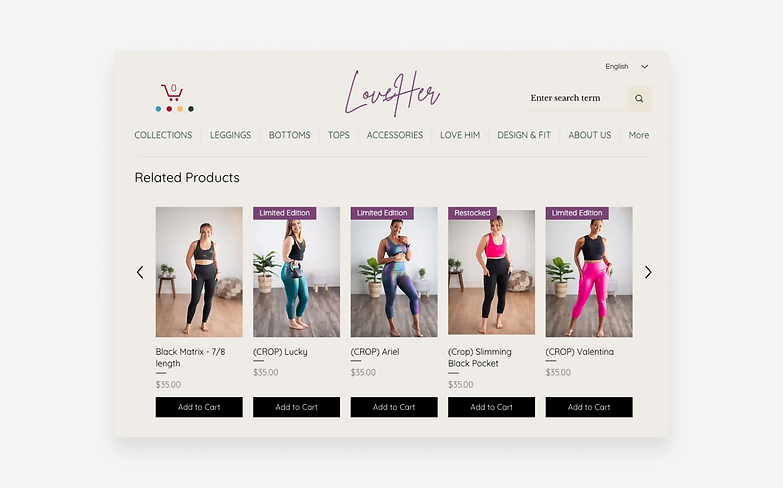
2. Complementary Pairings: Exploring ‘Bought Together’ Recommendations”
The strategy of grouping products under labels such as “Bought Together” or “Complete the Look” presents a recommendation approach that focuses on showcasing complementary items alongside the product being viewed. This method is frequently employed for electronics like cameras, laptops, and mobile phones, which often have numerous accessories. However, its versatility extends across various retail categories.
For instance, Amazon‘s “Frequently Bought Together” section exemplifies this approach with practicality and subtlety. Positioned prominently below the item being viewed, it offers recommendations for additional products that complement the main purchase. Shoppers are provided with the option to add individual or all related items to their cart, with clear pricing displayed for each item and the total for the bundled selection.
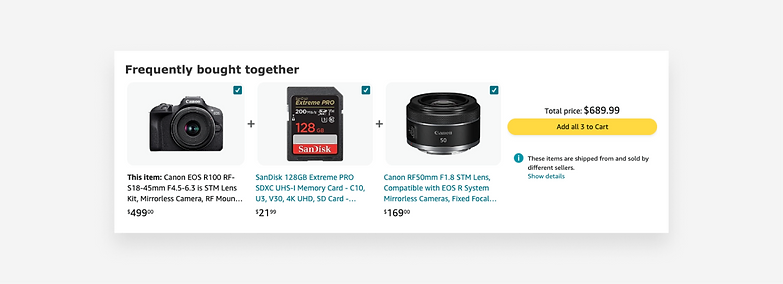
Leaen about pricing for ecommerce here.
3. Comparative Shopping: Streamlining Choices with Product Comparisons
Offering a lineup of similar products for comparison is yet another effective suggestive selling tactic embraced by numerous online store owners. This approach serves as a practical method to alleviate choice overload, aiding shoppers who might be new to the store or uncertain about their preferences. Moreover, it serves as a subtle means to highlight the store’s product diversity while gently suggesting higher-end alternatives through a side-by-side comparison format.
A prime illustration of this can be found in Wayfair’s “Compare Similar Items” feature, designed to refine a shopper’s selections based on their browsing behavior. Upon visiting a product page, a list of akin items is presented alongside the current selection. Crucial details such as price, star ratings, and concise product descriptions are displayed alongside product images. For those seeking further insights, additional information like product dimensions and materials is easily accessible upon scrolling.

4. Harnessing Social Influence: Leveraging Social Proof in eCommerce
Social proof, a psychological phenomenon where individuals seek guidance from others’ actions, emerges as a potent suggestive selling strategy in the eCommerce landscape. On online platforms, social proof elements predominantly revolve around product recommendations and reviews, tapping into user-generated content from social media platforms. Additionally, features like “Fear of Missing Out” (FOMO) indicators, indicating the number of users with an item in their cart, further amplify its impact.
A tangible illustration of this strategy is evident in thredUP, an online thrift store catering to young adults aged 18 to 30. By employing social proof, thredUP creates a sense of urgency, particularly crucial given the unique nature of each item available.
Upon browsing an item on thredUP, shoppers encounter various social proof elements on the product page. These include the count of users who have “favorited” the item and the number of times it’s been added to carts. Items deemed popular are flagged with a flame icon and accompanied by a message indicating their likelihood to sell soon.
Furthermore, adding an item to the cart triggers a popup featuring a countdown clock, granting shoppers an hour to finalize the purchase before the item is released from their cart. Additionally, thredUP integrates a “People who shop X also shop Y” section, showcasing similar items from various sellers on the platform, further enhancing the browsing experience through curated suggestions.

5. Unlocking Sales Potential: Maximizing Email Recommendations
The power of suggestive selling extends beyond your website or app—it’s also a highly effective strategy in email marketing. Various approaches can be employed:
- Cross-selling emails: Directly reaching shoppers’ inboxes, cross-selling emails recommend complementary products, notify about “back-in-stock” items, or offer post-purchase coupons. Essentially, any product recommendation strategy from your website can be replicated in an email format.
- Upselling emails: Brands like Apple, Microsoft, and Petco utilize upselling emails to notify existing customers or subscribers about their latest offerings. This tactic is particularly effective for products that eventually require upgrades, such as computers, smartphones, or fitness trackers.
- Abandoned cart reminder emails: A classic yet effective move, abandoned cart reminder emails prompt shoppers about incomplete purchases, capitalizing on the significant opportunity to reactivate sales.
- Milestone emails: Timed around events or customer milestones, milestone emails are a great way to stay connected with past customers. For instance, Chewy, an online pet store, sends birthday cards to customers’ pets, including coupons for special treats and food.
A real-world example can be seen in Petco’s email marketing strategy. Announcing new products like Ollie’s, a nutritious brand of dog food, treats, and supplements, Petco’s email strikes a balance between informative content and promotional offers. Alongside introducing the product line, the email includes reminders to reach the next reward level, a survey link for product selection assistance, a 35% off coupon for repeat delivery sign-ups, and various other promotions—all contributing to effective suggestive selling without overwhelming the recipient with excessive promotional content.

6. Harnessing the Power of Product Ratings
The significance of product ratings in driving eCommerce sales is undeniable, backed by compelling statistics. According to a 2023 Power Reviews survey encompassing over 8,000 consumers, 77% actively seek websites with ratings and reviews, while 74% cite them as the primary source for discovering new products. Moreover, ratings and reviews rank as the foremost consideration for online shoppers, with a staggering 91% stating they always peruse reviews before making a purchase.
Real-world examples like Duluth Trading Company strategically integrate star ratings and review counts alongside key product details such as price, color, and size, adjacent to the main product image. By clicking on the “reviews” link, shoppers are seamlessly directed to a comprehensive list of reviews, complete with additional insights and, where available, customer photos.
While reviews serve as invaluable suggestive selling tools, it’s imperative to acknowledge that negative feedback may arise. Maintaining vigilance over all reviews enables timely follow-ups with customers when necessary, ensuring a proactive approach to addressing concerns and preserving consumer trust.

7. Empowering Sales with Intelligent Chatbots
Intelligent chatbot technology stands at the forefront of AI’s transformative impact on businesses today. Leveraging AI and machine learning algorithms, chatbots engage with users in natural language, primarily associated with customer service tasks but increasingly utilized for suggestive selling purposes. These bots harness predictive intelligence and user analytics to offer tailored recommendations, guiding customers through the sales journey with real-time insights.
Moreover, chatbots evolve with time, learning from customer interactions to better understand preferences and suggest relevant products accordingly.
Sephora, renowned for simplifying the online shopping experience for makeup and skincare products, exemplifies this approach with their Live Beauty Help chat feature. Seamlessly blending AI-powered chatbots with human agents, Sephora’s chat initiates with a bot that screens users before routing them to a live agent. This hybrid model ensures personalized assistance, enhancing customer service while strategically suggesting products based on user inquiries. As queries arise, the chatbot swiftly matches users with agents equipped to address specific needs, streamlining the process of suggestive selling. Furthermore, agents can seamlessly share product links within the chat interface, facilitating convenient access to recommended items.
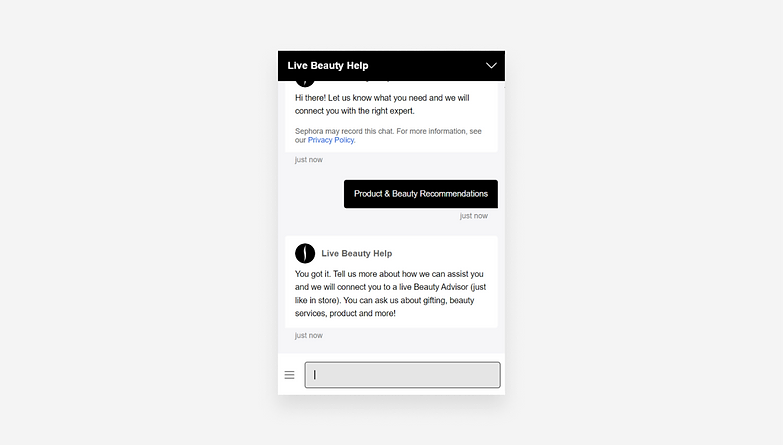
Conclusion:
Suggestive selling is a powerful technique that offers numerous benefits for businesses and customers alike. By leveraging suggestive selling tactics, businesses can increase revenue, enhance the customer experience, and strengthen relationships with their clientele. Moreover, customers benefit from personalized recommendations that meet their needs and preferences, leading to greater satisfaction and engagement. As businesses continue to prioritize customer-centric strategies, suggestive selling remains a valuable tool for driving growth and fostering positive relationships with customers.
FAQs on Suggestive Selling:
How can ecommerce businesses implement suggestive selling effectively without being intrusive?
Ecommerce businesses can implement suggestive selling effectively by using subtle and relevant product recommendations based on the customer’s browsing and purchasing history. Personalized recommendations and gentle prompts during the shopping journey can help guide customers towards additional purchases without feeling pushy or intrusive.
Are there any ethical considerations to keep in mind when using suggestive selling tactics in ecommerce?
Ethical considerations when using suggestive selling tactics in ecommerce include ensuring that product recommendations are genuinely helpful and relevant to the customer’s needs and preferences. Avoiding deceptive or manipulative tactics and providing transparent information about product recommendations and pricing is essential to maintain trust and credibility with customers.
How can ecommerce businesses leverage customer data to enhance suggestive selling efforts?
Ecommerce businesses can use customer data, such as browsing history, purchase behavior, and demographic information, to personalize product recommendations and tailor suggestive selling efforts to individual customer preferences. Analyzing data insights can help businesses understand customer preferences and anticipate their needs more effectively.



